As temperatures start to drop in Minnesota, preparing rental properties for the cold season is essential for landlords. Winterizing a property ensures that it’s protected against harsh conditions, helps lower energy costs, and keeps tenants comfortable and safe. Here are some best practices for getting your rental property ready for the colder months.
1. Inspect and Service the Heating System
Heating is a necessity in Minnesota winters. An efficient heating system not only keeps the property warm but also helps avoid high utility bills and prevent potential breakdowns.
- Schedule a Professional Inspection: Have a licensed HVAC professional inspect and service the furnace, boiler, or heat pump.
- Replace or Clean Filters: Remind tenants to replace or clean furnace filters monthly during the heating season to improve efficiency.
- Check for Unusual Noises: Unusual sounds can indicate problems in the heating system that require immediate attention.
2. Seal Drafts and Insulate Windows and Doors
Drafty windows and doors are a common cause of heat loss. Seal them up to keep your rental unit warmer and lower energy bills.
- Caulk and Weatherstrip: Use caulk around windows and weatherstripping around doors to seal out drafts.
- Install Window Insulation Film: For older windows, consider adding insulation film to reduce heat loss.
- Add Door Sweeps: Door sweeps can help block cold air from entering under exterior doors.
3. Test Smoke and Carbon Monoxide Detectors
Winter months increase the risk of carbon monoxide exposure, especially in properties with fuel-burning appliances.
- Install Fresh Batteries: Replace batteries in all smoke and carbon monoxide detectors if not done recently.
- Test the Devices: Make sure each detector is functional. Encourage tenants to test them monthly.
- Place Detectors Correctly: Carbon monoxide detectors should be located near bedrooms and close to fuel-burning appliances.
4. Insulate Pipes to Prevent Freezing
Frozen pipes are a common winter problem, especially in extremely cold climates like Minnesota’s. When water freezes, it expands, which can cause pipes to burst and lead to water damage.
- Wrap Pipes in Insulation: Focus on pipes in unheated spaces like basements, crawl spaces, and garages.
- Install Heating Tape: In high-risk areas, heating tape can prevent pipes from freezing.
- Advise Tenants on Preventative Measures: Educate tenants about leaving faucets dripping on extremely cold nights to keep water flowing and prevent pipes from freezing.
5. Service the Water Heater
A properly functioning water heater is crucial for tenant comfort during winter months.
- Drain Sediment: Sediment builds up in water heaters over time, reducing efficiency. Drain the tank to remove sediment buildup.
- Insulate the Tank: Adding a water heater blanket can help retain heat, especially in older models.
- Check Temperature Settings: Set the water heater to a safe, efficient temperature (120°F is generally recommended).
6. Clear and Maintain Gutters
Clogged gutters can lead to ice dams, which cause water to back up and leak into the property, damaging roofs, walls, and insulation.
- Remove Leaves and Debris: Clean out gutters and downspouts to ensure proper drainage.
- Install Gutter Guards: Gutter guards help prevent debris buildup and minimize the need for frequent cleanings.
- Check Downspouts: Ensure that downspouts are pointed away from the foundation to prevent water pooling near the home, which can lead to ice buildup.
7. Prepare Outdoor Spaces
Ice and snow can make outdoor areas hazardous for tenants. Take steps to make these areas safer and protect the property.
- Store or Cover Outdoor Furniture: If your rental has outdoor furniture or grills, store them to prevent weather damage.
- Stock Up on De-icing Supplies: Keep salt or de-icing materials readily available and ensure tenants know where they are stored.
- Inspect Walkways and Driveways: Check for cracks or uneven surfaces that could become slipping hazards. Repair any issues before the first freeze.
8. Check the Roof and Attic
Heavy snow and ice can put a strain on a roof and may cause leaks if there’s damage or insufficient insulation.
- Inspect for Roof Damage: Check for loose or missing shingles and make necessary repairs.
- Clean and Clear the Roof: Remove any debris or leaves from the roof.
- Insulate the Attic: Proper insulation can prevent heat from escaping, which can help reduce the formation of ice dams.
9. Inspect and Clean the Chimney
For rental properties with fireplaces, chimney maintenance is essential to prevent fire hazards and carbon monoxide buildup.
- Schedule a Chimney Cleaning: Have a certified chimney sweep clean out the chimney annually to remove soot and creosote.
- Check the Damper: Ensure that the chimney damper opens and closes properly to keep out cold air and drafts.
- Advise Tenants on Fireplace Safety: Provide tenants with instructions on safe fireplace use and how to properly extinguish fires.
10. Provide Tenants with Winter Preparation Information
Keeping tenants informed of best winter practices can go a long way in preventing issues and keeping everyone safe.
- Create a Winter Checklist: Provide tenants with a checklist for keeping their unit winter-ready, including suggestions like opening cabinet doors to let warm air circulate around pipes.
- Offer Emergency Contact Information: Ensure tenants know who to contact in case of heating emergencies or urgent maintenance needs.
- Encourage Energy-Saving Habits: Remind tenants to keep blinds open during the day to let in sunlight, but to close them at night to reduce heat loss.
Preparing a rental property for Minnesota’s cold months is essential for protecting the property, reducing costly repairs, and maintaining tenant satisfaction. With these best practices, landlords can be proactive in winterizing their properties, minimizing winter-related issues, and keeping tenants safe and comfortable all season long.




